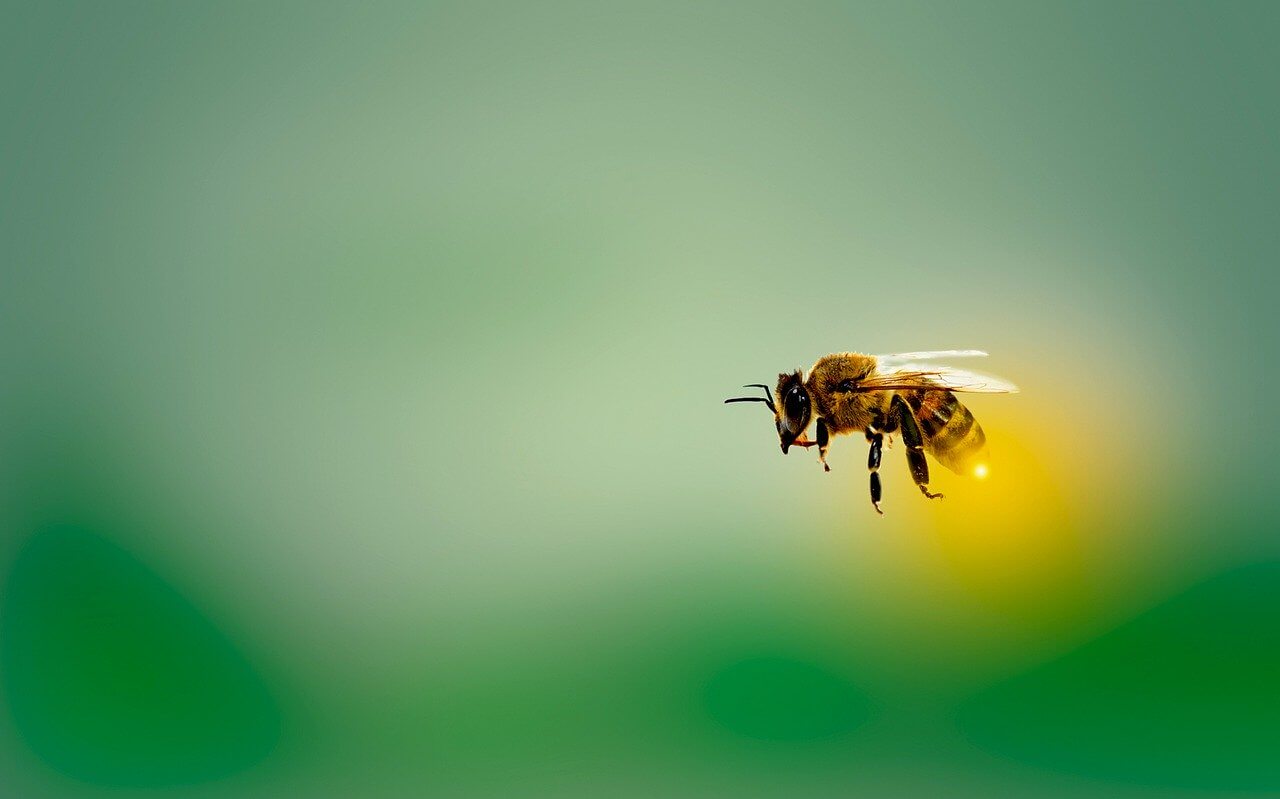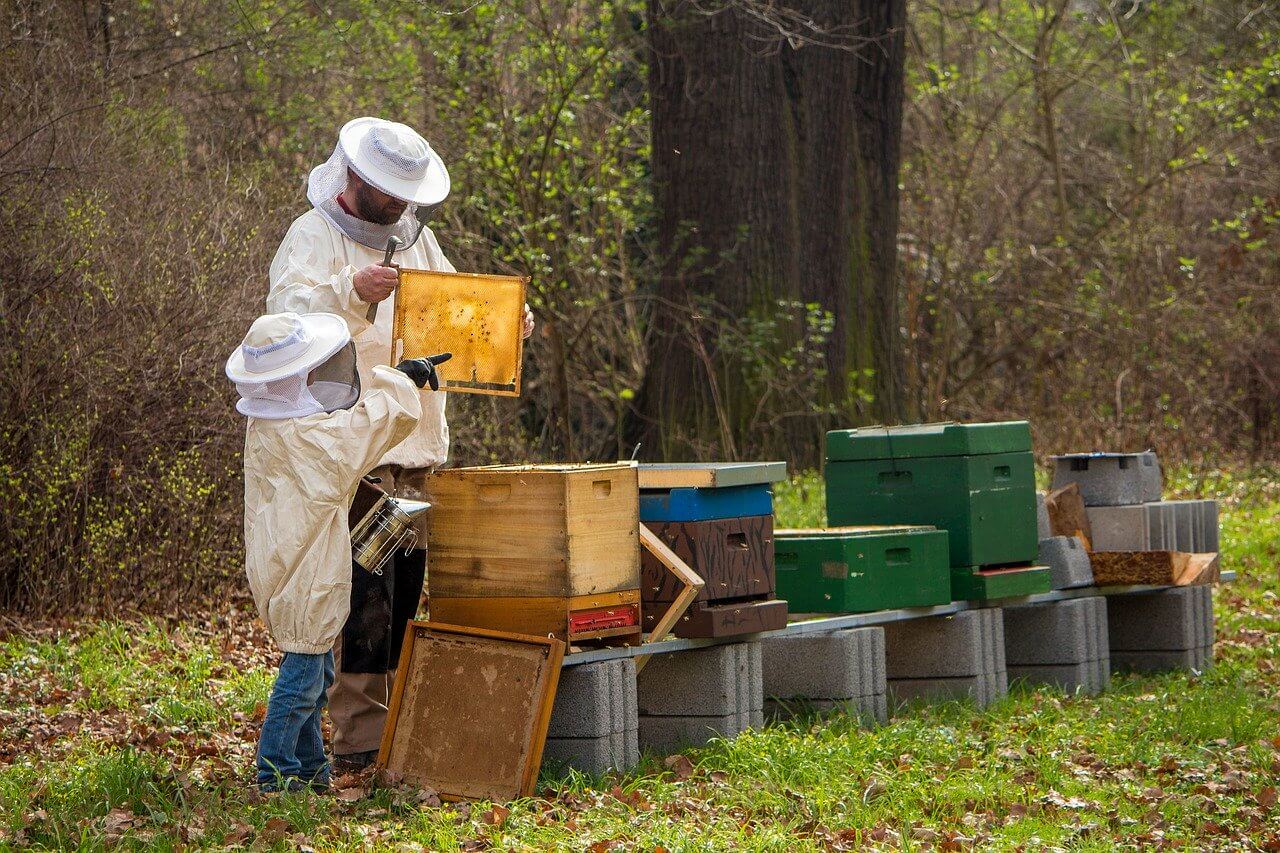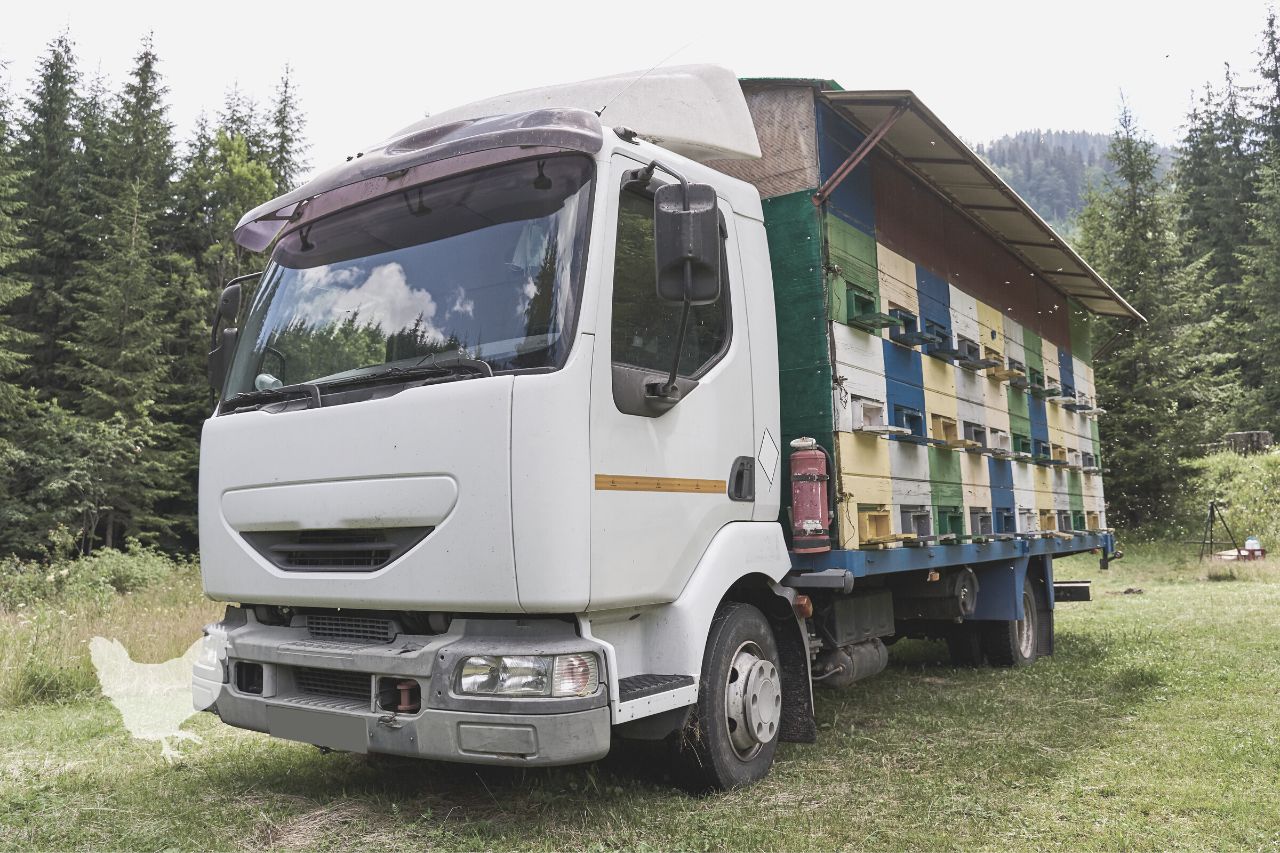One of the biggest challenges in beekeeping is moving hives. While it would be nice to never have to move a beehive from one place to another, the fact is this is often a very necessary aspect of this enjoyable activity. Naturally, if you must move your beehive a short or long distance, you want to avoid mishaps. In this article, we provide sound advice for moving a beehive a long distance or a short distance. Read on to learn more on how to transport bees long distance & more.
What You'll Learn Today
- What Is Considered A Long Distance?
- When Is The Best Time To Move A Beehive A Short Distance?
- How Can You Be Sure Of Taking All Your Bees With You On A Long Move?
- Block Entrances But Keep Ventilation
- Be Sure Your Hive Is Well Secured!
- Be Prepared!
- Do These Rules Apply To Acquired Swarms?
- Frequently Asked Questions
- Q: Are there restrictions on transporting live honey bees, bee byproducts, and bee equipment in the contiguous United States?
- Q: What regulations apply to the import of honey bees from Canada and New Zealand to the United States?
- Q: When honeybees are imported from Canada and New Zealand, how will they be packaged?
What Is Considered A Long Distance?

If you must move your beehive more than 3 miles, consider it a long distance. Moving a hive within a smaller distance can be done in increments of 3 feet at a time.
Of course you must have a great deal of patience to do it this way, and obstructions such as roads and fences may get in the way.
Why Is 3 miles Considered The Benchmark?
If you’re moving a beehive less than 3 miles, you must do it very carefully and slowly because to move it 3 miles all in one go will leave the situation open for the bees to simply return to their original home.
This means that you must move the hive in small increments so that bees can get used to the idea that their home is in a different location. If you move a hive farther than 3 miles, the bees will not try to go home.
When Is The Best Time To Move A Beehive A Short Distance?

If you’re moving your beehive in 3 foot increments or a distance that is less than 3 miles but greater than 3 feet, you should move it during mid-day. At this time, the forager bees will be out, so it will be easier for you to work.
Additionally, the hive will actually be lighter weight with the forager bees gone. As long as the hive stays fairly close to its original location, they will be able to find their way home.
How Can You Be Sure Of Taking All Your Bees With You On A Long Move?
When moving your bees more than 3 miles, be sure to make the entire move after the sun sets or extremely early in the morning before the forager bees go out to seek nectar.
If you move your beehive during the daylight hours while the forager bees are out, they will be left behind.
Block Entrances But Keep Ventilation
If you are moving your beehive farther than 3 miles, be sure to seal off the entrances so that the bees can’t get out during the move.
Be careful to use a material that will allow ventilation so that the bees don’t become too hot or smother.
You can use a block of wood that doesn’t seal out air. Alternately, you can cut pieces of screen to go over the entrances and exits to the hive.
If your beehive is old, examine it carefully for any cracks or spaces that might allow bees to escape. Cover these carefully.
Once the hive is settled in its new location, remove the barriers.
Be Sure Your Hive Is Well Secured!

Naturally, when moving a beehive farther than 3 miles, you’ll want to carry it on the outside of your vehicle. It’s best to have a pickup or flatbed truck.
Be sure to secure the hive using a ratcheting strap to prevent having the hive fall apart or fall off the vehicle into the roadway.
Be Prepared!
No matter how experienced you are or how short the move, always wear your beekeeping suit when moving a beehive. Bees will be very resentful of having their home moved.
Additionally, no matter how well you seal up the hive, some bees may be able to escape. Under the circumstances, they’ll be very likely to sting you if they can.
Do These Rules Apply To Acquired Swarms?
Swarms are caused when bees are looking for a new place to live. If you step in and save the swarm, it will be quite likely to take well to its new home regardless of how far away it is from the point of capture.
Putting them in their new hive just before sunset can be helpful in settling them in so that they know where they’re supposed to live.
How To Move A Bee Hive A Long Distance
Frequently Asked Questions
Q: Are there restrictions on transporting live honey bees, bee byproducts, and bee equipment in the contiguous United States?
A: Yes, restrictions may vary somewhat from state-to-state, but generally speaking:
- You cannot bring in an entire hive from another country, but you can import queen bees with attendants and/or package bees.
- Beeswax to be used for beekeeping must be specially treated before transit.
- Honey intended for use as bee feed must be specially treated before transit.
- Used beekeeping equipment cannot be imported.
- Pollen cannot be imported into the United States.
Q: What regulations apply to the import of honey bees from Canada and New Zealand to the United States?
A: Bees that are to be shipped into the US must be inspected by an approved agency official from (respectively) the Canadian Food Inspection Agency or New Zealand’s Ministry of Agriculture & Forestry ten days (or fewer) before shipment in order to obtain a Honey Bee Export Certificate. This certificate, and a detailed manifest, must accompany the shipment of bees. The bees must be sent from their country of origin to the US on a non-stop flight. The shipment may be transferred from one aircraft to another once it has arrived in the US.
Q: When honeybees are imported from Canada and New Zealand, how will they be packaged?
A: Naturally, very secure packaging is an absolute requirement. “Bees On A Plane” is a movie idea that must be avoided at all costs. If the shipment of bees is transported on a pallet, that pallet must be completely wrapped with bee-proof mesh that meets the requirements of the receiving country. The manifest must clearly read “live bees”. All sides of the packaging must be labeled with the words “live bees” in letters standing at least an inch high. The name of the exporting region must also be emblazoned upon all sides of the package, and the shipper must alert the receiving port regarding the anticipated shipment.
Not sure whether it would be better to use a professional transportation service?
If there is one available to you, and you have the resources to be able to afford it, certainly! Your choice depends a great deal upon your financial situation, your abilities and your bravery.